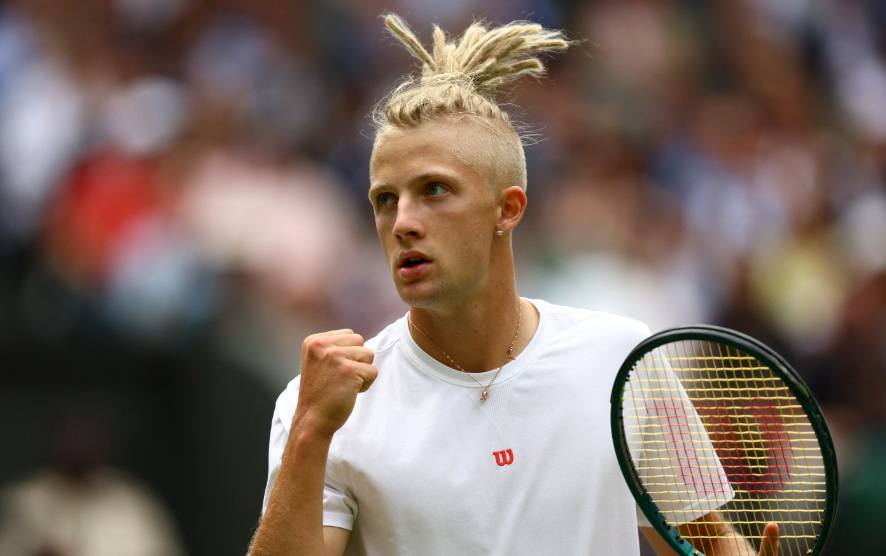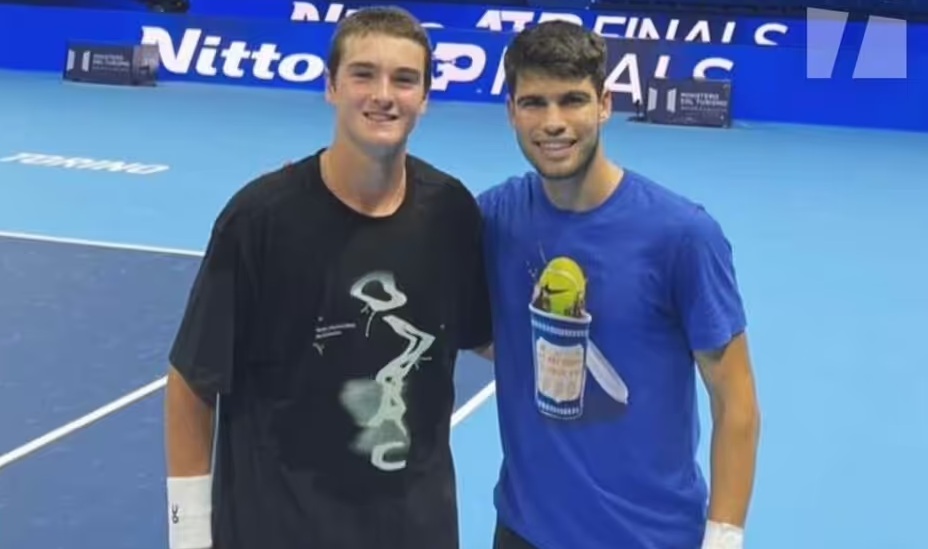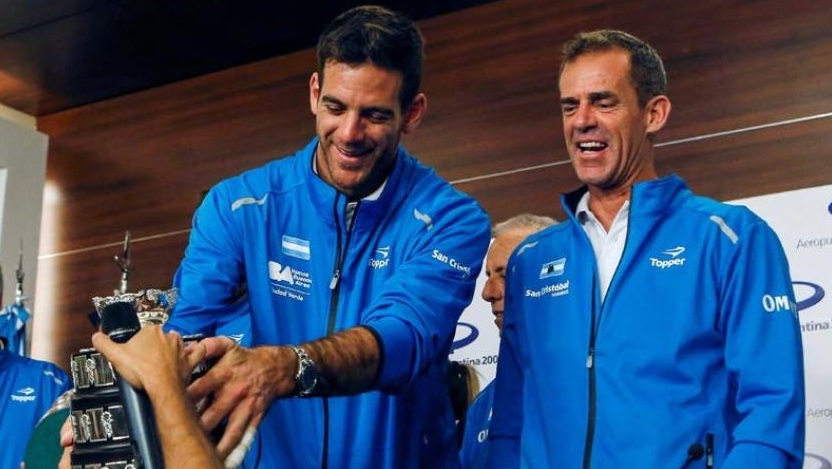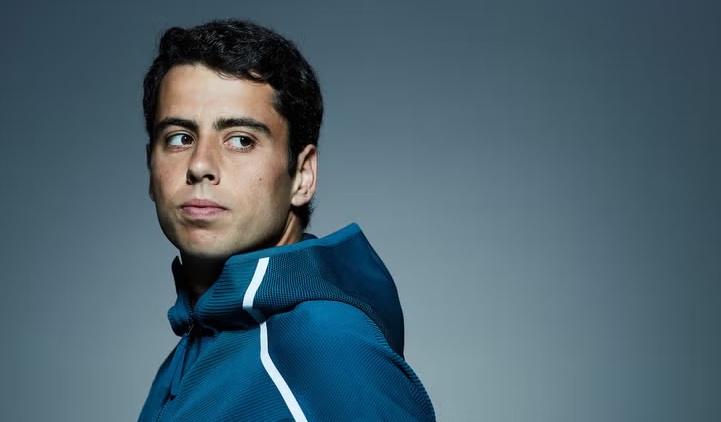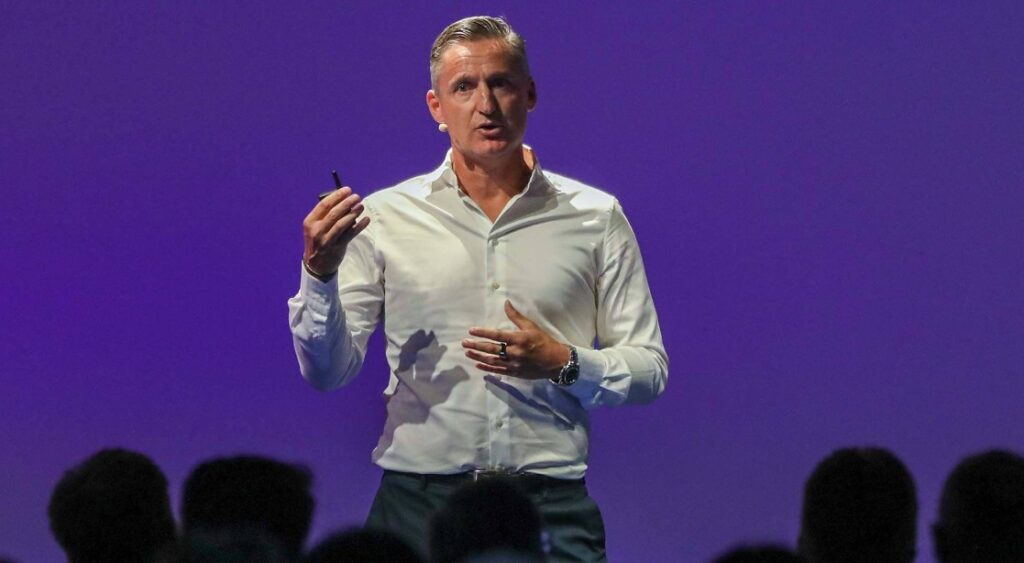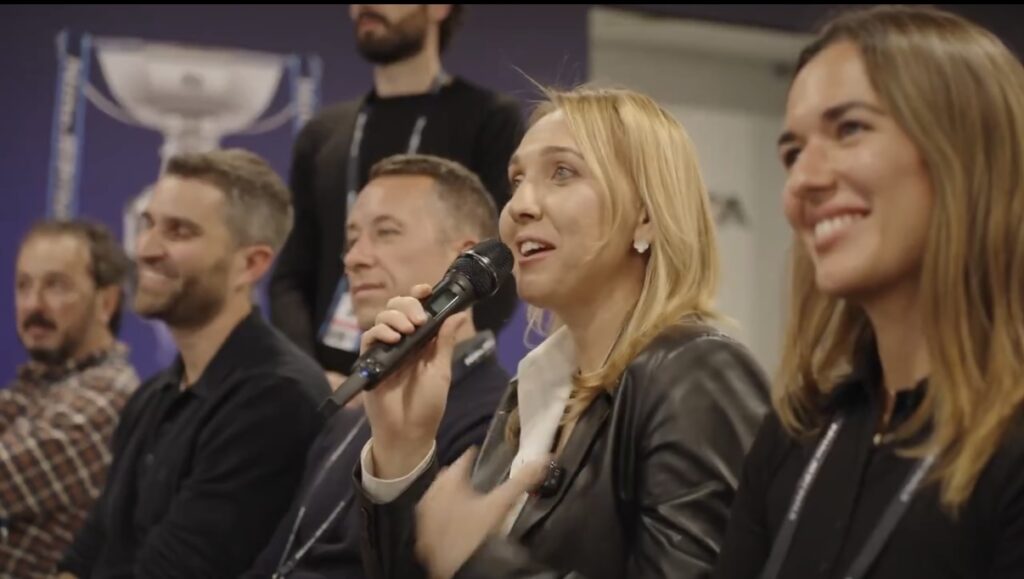LONDON – Taylor Fritz couldn’t have handled another quarterfinal exit at Wimbledon.
“It feels incredible,” he said on Court No.1 after defeating Russia’s Karen Khachanov in four sets for a spot in the semis.
Until this edition of the third Grand Slam of the year, the active male player with the most grass-court titles behind Novak Djokovic had never managed to break into the tournament’s final four.
One of the reasons for that: Rafael Nadal. Injured, with his family begging him from the stands to retire.

It was a five-set drama that had lasting consequences for the Spaniard, who never made it to that semifinal and was never quite the same again. And it was also one of the most painful defeats of Fritz’s career.
On Centre Court, Sebastián Nadal signalled to his son to stop. The anguished expression on Rafa’s sister Maribel said it all. You could read her lips: “Rafa, please.” His manager, Carlos Costa, was also gesturing from afar, urging him to stop the suffering and retire.
It was the 2022 quarterfinals at Church Road, and midway through the second set—after dropping the first—Nadal was clearly in physical pain from yet another injury. This time, his abdominal muscles were torturing him. He was treated in the locker room by the tournament physio but ignored the pleas from his box.
He returned to the court, won the second set, and then came from two sets to one down. His victory in the fifth-set super tiebreak at the All England Club was one of the final great feats of his career.
Fritz himself recalled the match in an interview with CLAY that same year.
“I felt like his groundstrokes—his forehand, backhand, movement—were normal. In the fourth and fifth sets, Rafa was getting to balls that most average players wouldn’t return,” Fritz said.
The biggest difference after the injury, he added, came on serve.
“That’s where I noticed a change that, paradoxically, made things harder for me. He started serving about 15 kilometres per hour slower. I felt like I returned better when he served faster, because it gave me more rhythm. When Rafa started serving softer, I had to step in more and lengthen my swing on the return, because there was less pace to work with. It was harder to hit the ball deep and hard when the serve was slower.”
“Many people said Rafa sliced the backhand because of the abdominal injury. But in every match he’s played against me, he uses the slice. That’s his strategy—he’s smart. He doesn’t want to hit a topspin backhand that gives me a high forehand to attack. He slices to give me nothing to work with,” he recalled.
“I saw millions of people saying, ‘He couldn’t hit a backhand and you still lost.’ No, that’s just how he plays me. The only difference in that match was his serve—and it actually made things tougher,” Fritz told CLAY at the time.

In 2024, Fritz—ranked world No. 13 at the time—also fell short in the quarterfinals, losing to Lorenzo Musetti.
But in 2025, the North American is enjoying the best form of his career and has finally broken through to the semifinals, having survived a brutal draw.
He had to withstand the missiles of Frenchman Giovanni Mpetshi Perricard, beat ‘s-Hertogenbosch champion Gabriel Diallo, then defeated Spaniard Alejandro Davidovich Fokina and Australian Jordan Thompson before ousting Khachanov.
After two days of rest, last year’s US Open finalist now faces the daunting challenge of taking down two-time defending champion Carlos Alcaraz to reach his first Grand Slam final on grass.
Despite having shared the top 10 for some time, Fritz and Alcaraz have only faced each other once before—at Indian Wells in 2023. This will be their first meeting on grass.
The American is brimming with confidence: “If I play like I did in the first two sets (against Khachanov), there’s not much my opponents can do.”

